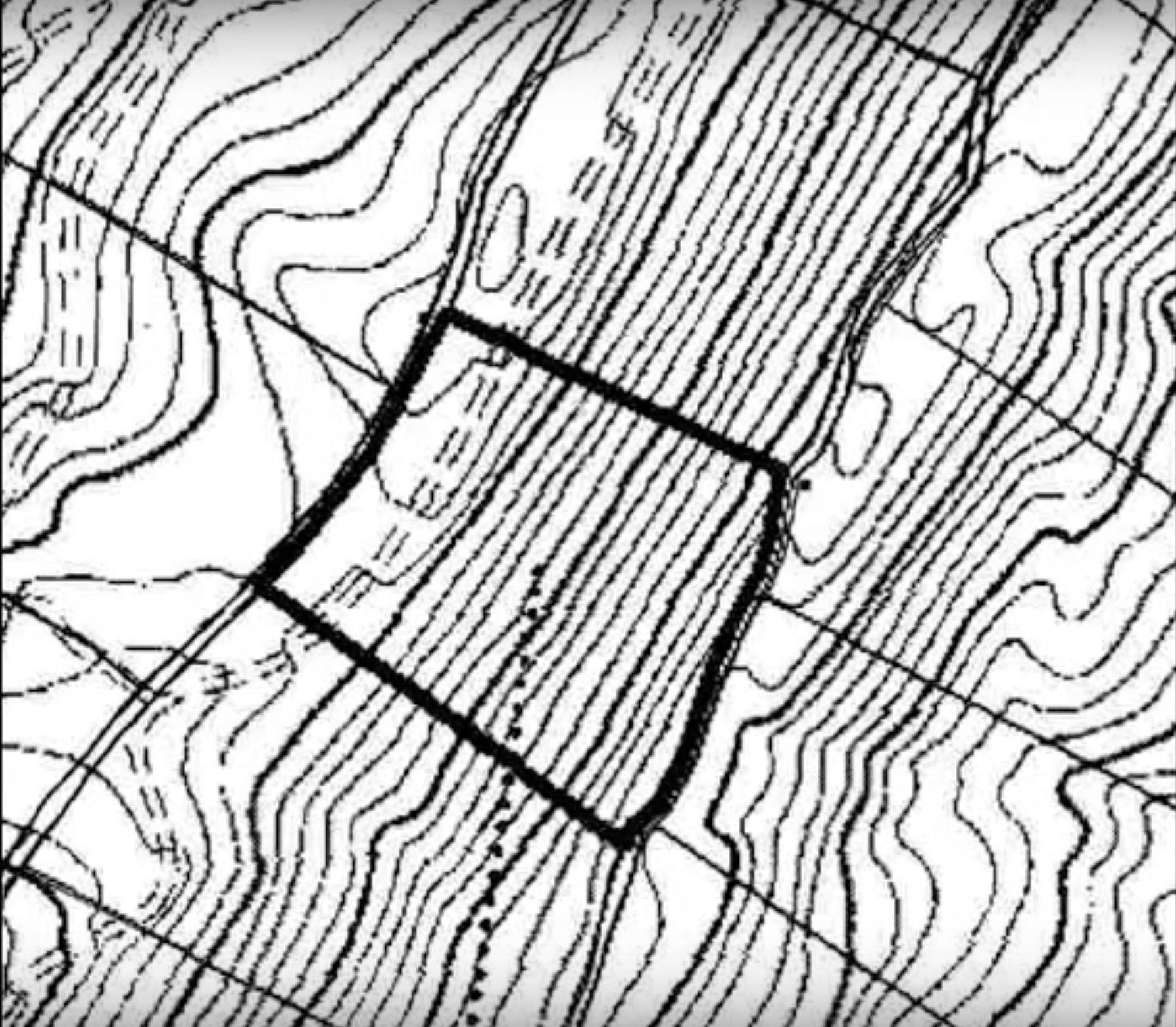How Measured Building Surveying Helps in Accurate Property Valuations
How Measured Building Surveying Helps in Accurate Property Valuations
Blog Article
Essential Devices and Methods in Laying Out Engineering
The discipline of establishing out engineering depends greatly on a collection of essential devices and techniques that underpin the accuracy and performance of job implementation. What ramifications does this hold for future engineering techniques?
The Value of Accurate Measurements

The relevance of exact measurements expands beyond simple compliance; they are important to the overall performance of engineering procedures. Inaccuracies can bring about material waste, job hold-ups, and enhanced labor prices, ultimately influencing the project's lower line. Accurate measurements improve the top quality of the last product, guaranteeing that it does as intended and fulfills the expectations of stakeholders.
Moreover, the value of precise measurements appears in numerous design disciplines, including civil, mechanical, and electrical engineering. Each field demands a distinct technique to dimension, yet the underlying requirement for accuracy continues to be consistent. As tasks come to be significantly intricate, the dependence on exact dimensions will just magnify, highlighting the requirement for regular innovations in dimension strategies and modern technologies. Hence, promoting a culture that prioritizes accuracy is crucial for the future of design.
Vital Tools for Setting Out
Laying out, a critical phase in the design and construction procedure, counts greatly on details devices that make sure exact location and placement of structures. Among these tools, the surveyor's degree sticks out, supplying specific horizontal measurements essential for establishing referral points. This instrument allows engineers to identify elevation adjustments and maintain harmony across the job site.
The total terminal is one more vital device, integrating electronic range measurement with angular measurement abilities. This innovation improves efficiency and precision in recording spatial data, enabling reliable site format and planning.
In addition, making use of gauging tapes and noting devices, such as chalk lines or stakes, is essential for momentarily noting borders and essential points on the site. These basic tools, though simple, are vital for making certain clear communication amongst the construction group regarding project specs.
Finally, GPS technology has actually acquired traction in establishing out procedures, supplying real-time placing information and significantly enhancing precision over conventional approaches. Jointly, these necessary devices create the backbone of efficient setting out practices, eventually adding to the successful implementation of engineering and building and construction projects.
Advanced Checking Strategies
Advanced checking strategies play a crucial role in enhancing the precision and performance of engineering tasks. These strategies include a variety of techniques that supply accurate data for layout and building. Conventional approaches, such as leveling and triangulation, have progressed into basics a lot more advanced techniques, consisting of Complete Station studies and International Navigation Satellite Equipment (GNSS)
Overall Station tools integrate digital theodolites with distance dimension abilities, allowing surveyors to accumulate specific place data with wonderful speed. This innovation considerably minimizes mistakes associated with hand-operated dimensions and offers real-time data handling. GNSS uses unequaled accuracy for massive jobs by making use of satellite signals to determine precise positioning, which is crucial for straightening frameworks and making certain compliance with style specs.
In enhancement to these tools, progressed methods additionally incorporate geospatial analysis and 3D modeling. These techniques allow designers to visualize surface and site conditions better, assisting in far better decision-making throughout the preparation stage. By using these advanced surveying techniques, engineering jobs can accomplish higher accuracy in format, lower rework, and ultimately improve general task success.
Digital Technology in Engineering
The assimilation of digital technology has changed design techniques, enhancing both productivity and accuracy across various self-controls. Devices such as Structure Information Modeling (BIM) facilitate the visualization and management of complicated jobs, enabling designers to work together perfectly and make educated decisions. This innovation allows the development of in-depth 3D versions, which can be examined for architectural stability and useful reference effectiveness before building begins.

The application of man-made knowledge and equipment discovering in design processes further improves anticipating upkeep and optimization of sources. In general, digital innovation is reshaping the engineering landscape, driving technology, and guaranteeing that tasks are completed with higher performance and reduced danger.
Ideal Practices for Implementation
When carrying out electronic technology in engineering, it is critical to establish a tactical technique that straightens with project goals and business capacities. A comprehensive analysis of existing operations and technology facilities is vital to recognize spaces and chances for enhancement. Involving stakeholders click here to find out more early in the procedure fosters collaboration and guarantees that the innovation satisfies individual requirements.

Task managers ought to embrace a repetitive implementation method, permitting modifications based upon real-time feedback and efficiency assessments. This active strategy not just mitigates risks but also promotes continuous enhancement by integrating lessons discovered.
Final Thought
To conclude, the combination of essential tools and advanced techniques in setting out engineering is vital for making sure accuracy in dimensions and effective task implementation. Using tools such as land surveyor's degrees, total terminals, and GPS modern technology, along with modern-day checking techniques, improves accuracy and reduces the possibility of errors. Adopting best practices in application even more optimizes these processes, ultimately fostering improved task end results in the design and building markets.
The self-control of setting out engineering relies heavily on a collection of essential devices and strategies that underpin the precision and performance of job execution.Moreover, the significance of accurate measurements is evident in various engineering disciplines, consisting of civil, mechanical, and electrical engineering. By employing these innovative surveying methods, design tasks can achieve greater accuracy in format, reduce rework, and eventually boost total job success.
In general, electronic technology is reshaping the design landscape, driving advancement, and guaranteeing that tasks are completed with better efficiency and minimized risk (setting out engineering).In final thought, the integration of crucial tools and progressed techniques in establishing out design is crucial for ensuring precision in dimensions and successful project implementation
Report this page